India is a developing country, and wherever the work is in progress, there will be a demand for electricity. The demand is increasing rapidly, and to cope with it, industries have raised the production of electrical wires and cables. These electrical power cables are the foundation of the distribution and transmission of electricity throughout the nation.
Several sorts of cables are used to support our electric supply requirements –
- Control cables
- Local cables
- Various types of power cables
The selection of power cables is crucial not only for the proper supply of electrical energy but also to keep the people surrounding them safe and minimize the loss of assets.
Components of Power Cables
A power cable has three main parts:
-
Conductors
It is part of the cable responsible for transmitting electricity. High-conductive metals such as aluminum and copper are used to make these wires. They show low resistance and are utilized for high-voltage applications -
Insulators
It is that part of the power supply cable where the conducting wires are separated by insulating materials. It averts any irregularities in the current flow. Because they are poor electrical conductors, they prevent short circuits and undesired current flow routes. Initially, insulating materials like rubber, paper, or cloth were used. But these days, they have been replaced by various synthetic polymers depending on their usage. Some examples are- Poly Vinyl Chloride (PVC)
- Rubber
- Cross-linked Polyethylene
-
Sheath
It’s the outer protection given to the wire to prevent any damage caused by environmental factors like fire attacks, chemical reactions, or high moisture content in the air. PVC is the chosen material for making the sheath.
Different Types of Power Cables
There are four types of power cables based on the power of transmission. They are:
-
HT (High Transmission) Power Cables
When we need to transmit high-voltage power, then these cables are used. Their size can stretch up to 1000sq.mm and conduct between 3000 to 33000 volts of current. -
HT (High Transmission) Aerial Bunch Cables
These are the wires that we observe at huge towers that supply power to various regions. As they are extremely productive, they are made using appropriate materials to meet the needs of the situation. These cables distribute electrical power to different urban neighborhoods. -
LT (Low Transmission) Power Cables
They are used for low voltages and are usually designed for less power supply, hence the name “low transmission cables.” They can transmit voltages of up to 1100 volts. They are mostly used for small areas and low voltage supply. -
LT (Low Transmission) Aerial Bunch Cables
These are the most intriguing ones and are commonly seen in India. They are sheathed with PVC material, which is extremely productive and thus appropriate for Indian climate changes.
Properties of Electric Power Cables
Some of the most common features of power cables are as follows:
-
Flexibility and strength
Wires must possess good insulating strength against external forces and must be flexible enough that they do not hinder the installation process. -
Fire resistant
They have to be fire resistant as fires and exhaust fumes can cause significant wire damage. -
Durable and heat-resistant
It is not possible to maintain wirings in either private or public facilities on a regular basis. Wiring materials must therefore be heat resistant and functional according to specifications. -
Non-toxic in nature and environment friendly
Depending on the installation site, wire materials should not contribute to the rise of pollutants that might harm anyone’s life or property. -
Simple to use
If the wiring possesses complex circuits, it limits their usage as it would be hard for us to comprehend. So, the wiring used for commercial and domestic purposes are easily understandable. -
Reasonably priced
A highly priced product will not be used by the mass. As cables are the core components of electrical circuits, they should be available to the public at a reasonable price.
How to Identify Power Cables
Without accurate knowledge, it is very difficult to identify power cables. But studying the markings on them is the most common way to discriminate their different kinds. They provide us with valuable information like
- the manufacturer’s logo or name
- voltage rating
- conductor size
- amperage rating
- jacket type
- insulation type
These cables are also color-coded which indicates their voltage rating.
KEI Industries – The One-Stop Solution to All Your Power Cable Needs
Now that you have gained an in-depth knowledge of power cables and their various types, you must also know from where you can purchase such power cables. KEI Wires & Cables has been one of the most trusted names in the electrical cable industry since 1968. It has top-notch facilities located at different locations and is well-equipped to fulfill all the nation’s demands. KEI Industries even exports goods worldwide. So, next time you have to purchase electrical cables and wires, you know whom to trust. To know further and understand our products better, you may visit our website https://www.kei-ind.com/. And for any query, you may mail us at info@kei-ind.com.







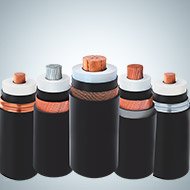
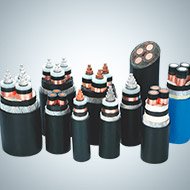
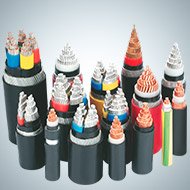
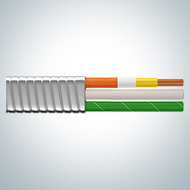
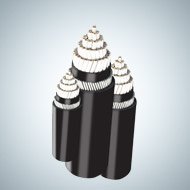

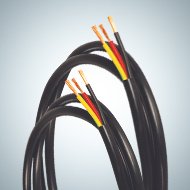
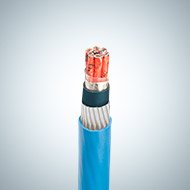
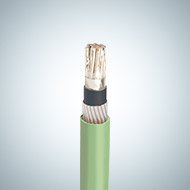
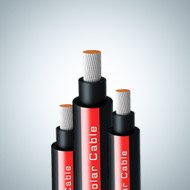
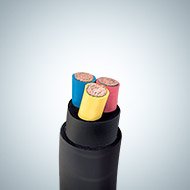
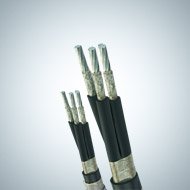
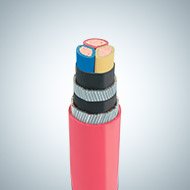
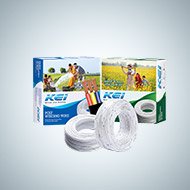

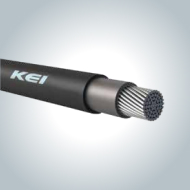
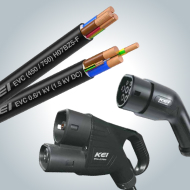
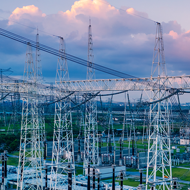



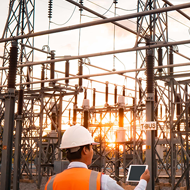


















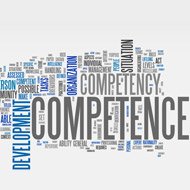



 Subscribe Newsletter
Subscribe Newsletter